The traditional Japanese dish Miso soup is made from softened miso paste. It includes other additives like vegetables, tofu, etc., for better taste and flavor. But what about miso soup’s gluten content? Is it safe for celiacs to consume?
Whether miso soup is gluten free or not depends on the manufacturer. The main ingredient in the soup is miso paste which is a combination of fermented grains like barley and soybean. But not all companies use gluten grains like barley and use gluten free alternatives.
Does it mean gluten allergen people cannot have miso soup? Not really. You can find gluten free miso soup options in the market. In this article, we will guide you on how to ensure if the miso soup is gluten and all other related information about it.
Table of Contents
- 1 Is Miso Soup Gluten Free?
- 2 Miso Soup: Its Ingredients & Cooking Procedure
- 3 Types of Misos and Their Taste Difference
- 4 Is Miso Vegan?
- 5 Is Miso Soup Healthy? What are Its Health Benefits?
- 6 Gluten Free Miso Brands to Make Tastiest Soup at Home
- 7 Miso Soup Recipe: Must Try
- 8 Wrapping Up
- 9 Most Frequently Asked Questions About Miso Soup
Is Miso Soup Gluten Free?
Miso soup is a combination of miso paste and dashi. Miso paste is made from fermented soybeans, and grains like barley meaning the soup isn’t gluten free. Since barley is a gluten grain, adding it into the soup makes it unsafe for gluten sensitive people.
But that isn’t the end of the story. Food manufacturers have increasingly become aware of growing gluten sensitivity among people, which is why they produce gluten free items. Many companies have gluten free miso paste using, which you can make miso soup that’s safe for celiacs or gluten sensitive people.
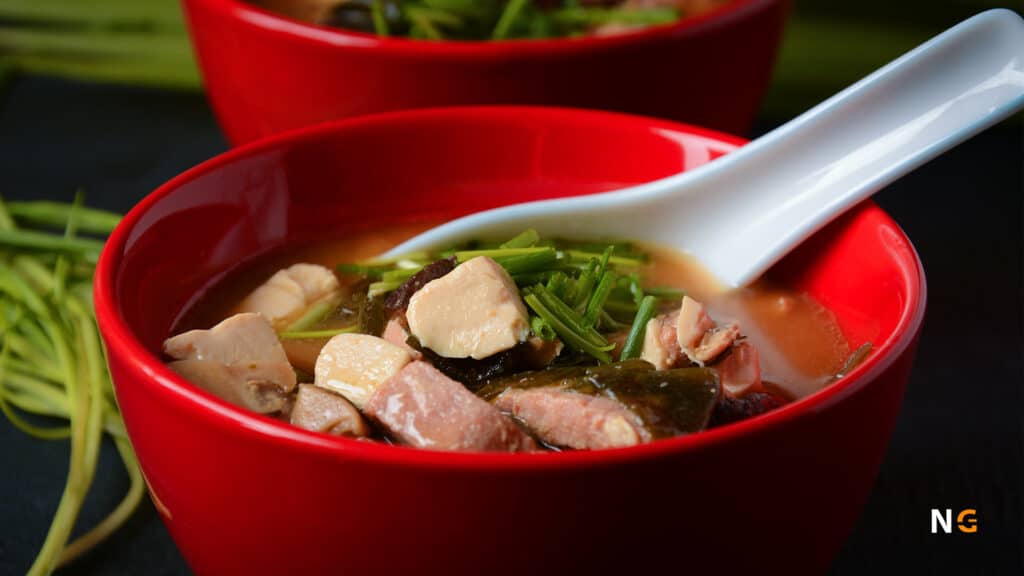
If you are on a gluten free diet or can’t digest gluten in general, you have to be conscious while picking the product. See if the manufacturers label the soup as gluten free or not. If the product packaging says it’s gluten free, it means there are no gluten grains, and the product has been made without any chances of cross-contamination.
Moreover, the brand has tested the product under a gluten free test where the product contains less than 20ppm gluten, and it’s safe for even celiacs, according to the Food and Drug Administration.
Related Post:- Is Vigo Yellow Rice Gluten Free?
Miso Soup: Its Ingredients & Cooking Procedure
Miso soup is a common Japanese appetizer, and you will likely find it in every Japanese restaurant. But why is there such hype about miso soup? Why is it so popular in Japanese cuisine? What’s the secret ingredient?
Miso soup gets its authentic Japanese taste from two main ingredients, miso paste, and dashi. Miso paste is again a combination of fermented soybean, salt, koji, and grains like (barley or rice).
Dashi is a typical Japanese soup base that has dried bonito flakes and anchovy. Apart from these two ingredients, the soup has vegetables, tofu, and a few other things to make the soup even tastier.
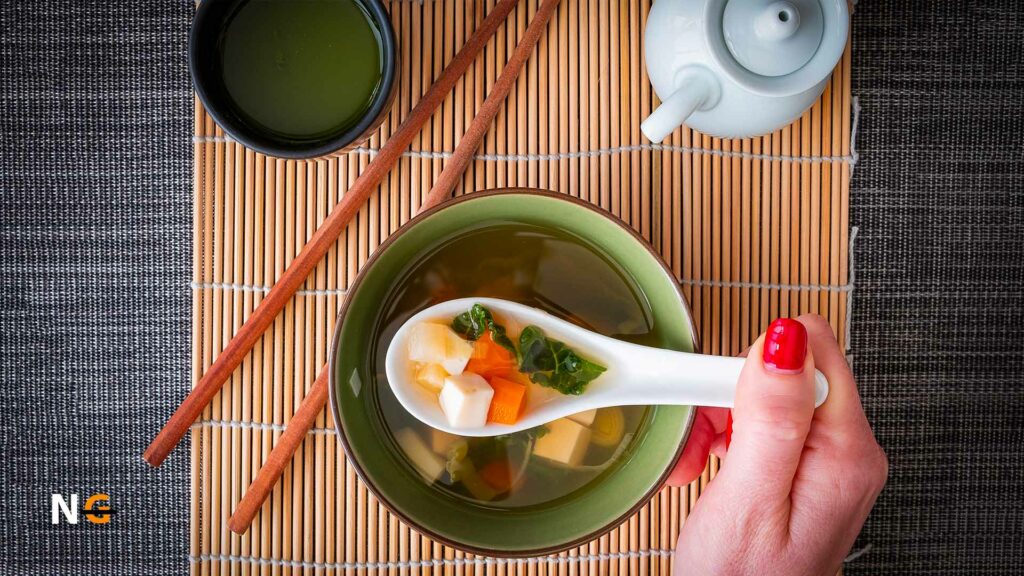
Cooking miso soup at home is quite simple. You can easily find miso paste and dashi at grocery stores. Gather other ingredients like onions, vegetables of your choice, garlic, cloves, firm tofu, ginger, and water.
First, lightly saute the vegetables until they get tender, and add the spices as well. Add water and miso paste and let it simmer for some time. At last, add small pieces of tofu and let it simmer for some more time.
Once done, garnish with spring onions and serve hot.
Types of Misos and Their Taste Difference
There are varieties of miso paste available, each of which come with a slight taste difference. We can divide the types of miso-based into two categories- by color and by ingredient.
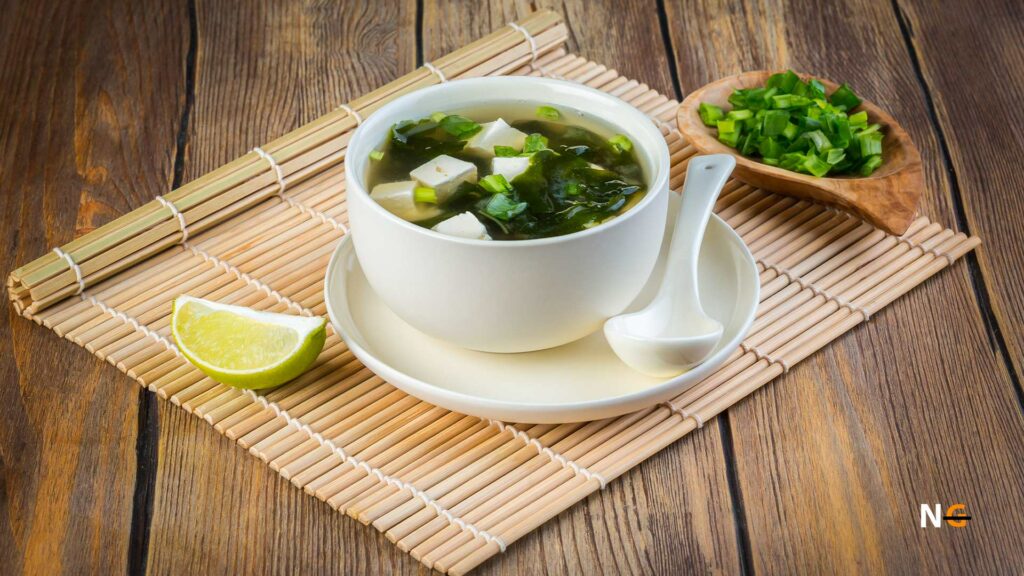
Authentic Japanese markets sell misos based on different ingredients, while markets outside Japan mainly sell them based on color. The color is an indication of the intensity of flavor, period of fermentation, and ratio of ingredients. Let’s have a look at both categories.
Based on ingredients
Genmai Miso: It is made with brown rice and has a slightly nutty flavor.
Kome Miso: Kome has white rice as the main ingredient; it’s more dominantly used in Japanese dishes.
Mame Miso: It has soybean paste and other grains and looks very dark in color. Mame is also very popular in Japanese dishes, and it has a very strong taste.
Mugi Miso: This one looks brown or reddish in color. It’s made of fermented barley and requires a very long fermentation period.
Soba Miso: What makes soba miso different from other varieties is that it has buckwheat which is added during the fermentation process.
Based on color
Yellow Miso: It is very saltier and acidic in taste. Soybean is the dominant ingredient in Yellow miso.
White Miso: White miso does not need a very long fermentation period, and it is made using koji and very little soybean. White soybean has a sweet taste.
Red Miso: It has a tangy and salty taste. Red miso goes through the most prolonged fermentation process because it uses large quantities of fermented soybeans.
Mixed Miso: Also known as Awase Miso, it has a combination of red and white miso paste. Its unique flavor makes it perfect for adding to different dishes.
Is Miso Vegan?
The original Japanese miso soup isn’t vegan. Miso soup has dashi; a stock made using bonito fish flake or skipjack tuna. Also, if you get miso soup at a restaurant, they might use fish or chicken stock; hence you can’t include miso soup in a gluten free diet.
Since the miso paste is vegan, you can make vegan miso soup at home by replacing the dashi. Use any other vegetable stock and enjoy your vegan-friendly miso soup.
Is Miso Soup Healthy? What are Its Health Benefits?
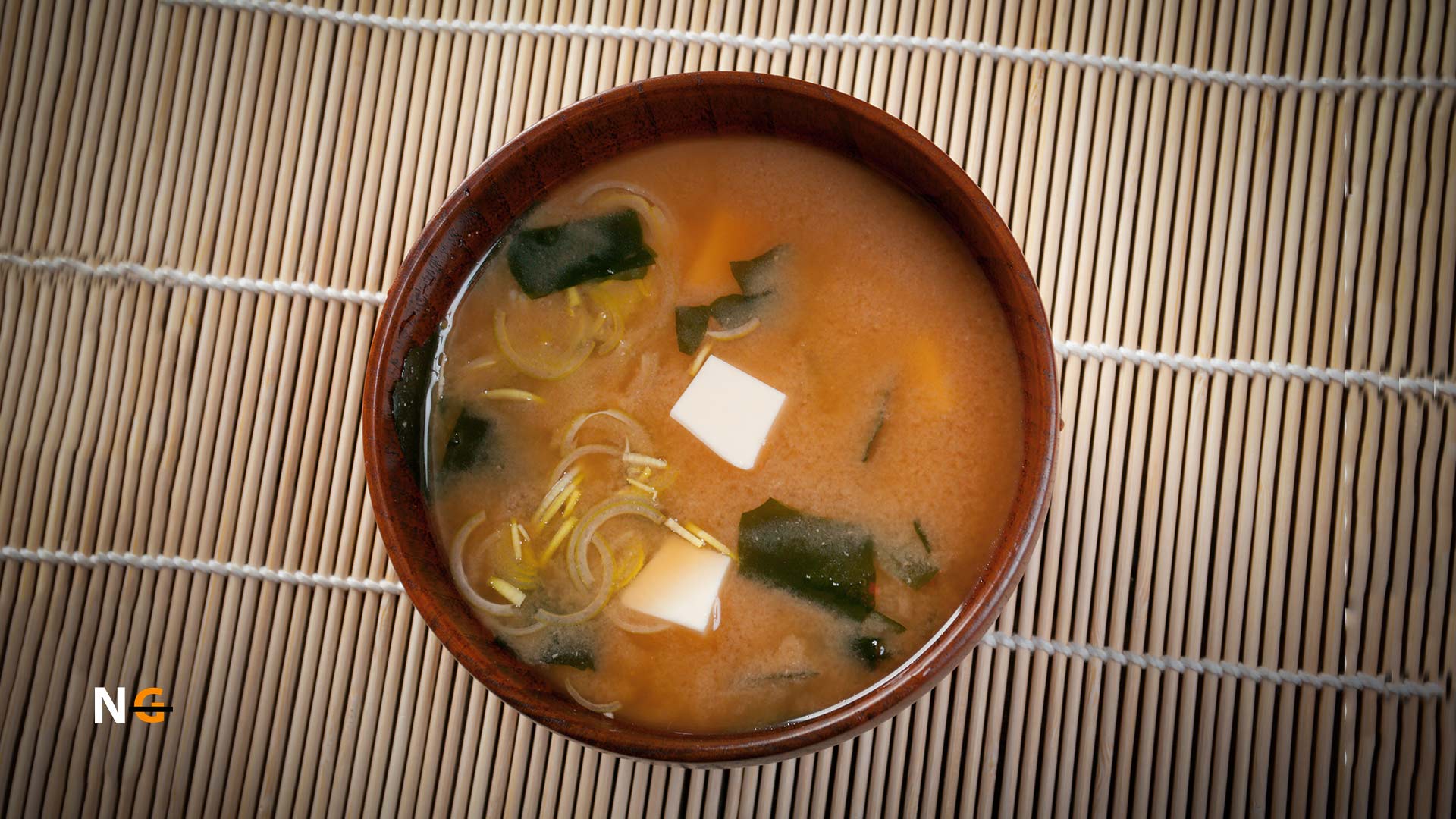
Miso soup is healthy because the soybean present in miso paste is very rich in protein. Besides, there are other vitamins and minerals. Here are some potential health benefits you get from miso soup-
- It may reduce the risk of cancer
- Reduces the risk of heart disease
- It helps control menopause symptoms
- It improves your digestive health.
- It also strengthens your immune system.
Here are the nutritional facts of miso soup per serving
| Calories | 40 |
| Total fat | 2gms |
| Trans fat | 0gms |
| Saturated fat | 0gms |
| Cholesterol | 0gms |
| Sodium | 0.86gms |
| Total carbs | 3gms |
| Dietary fiber | 0gms |
| Sugars | 0g |
| Protein | 0g |
Gluten Free Miso Brands to Make Tastiest Soup at Home
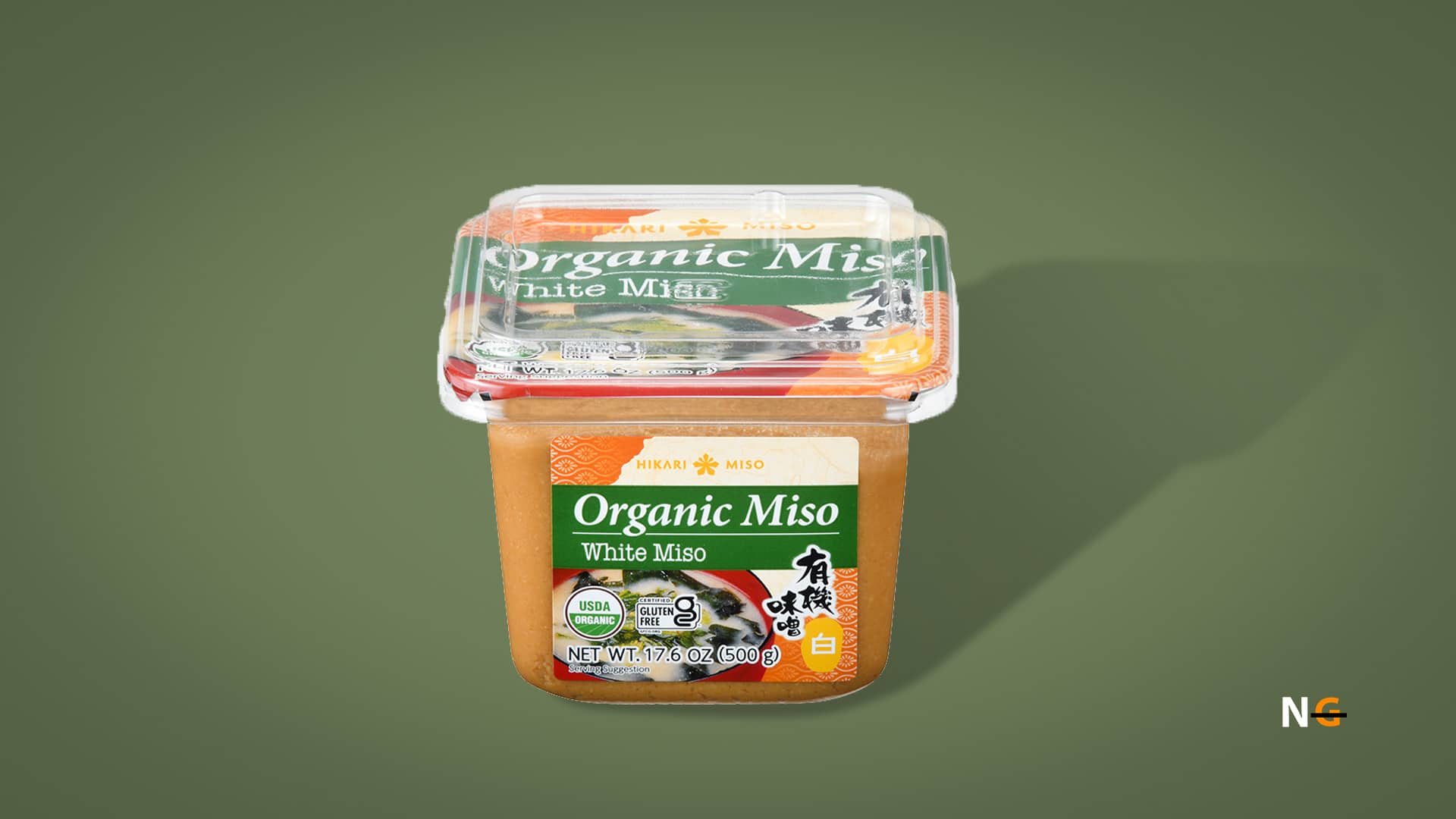
Finding gluten free miso isn’t very daunting. Companies nowadays have come up with various gluten free miso pastes that are absolutely safe for even celiacs. Here are a few famous brands.
It’s one of the best gluten free miso pastes that brings you the authentic Japanese flavor. Its ingredients include- organic soybeans, organic rice, water, salt, yeast, and koji.
Another popular gluten free miso paste is this Marukome one. It’s not only gluten free but also vegan since it’s made of ingredients like rice, soybeans, salt, filtered water, and alcohol.
The Roland miso paste has a sweet and salty taste, and this too is a product of Japan that brings you authentic flavors.
Miso Soup Recipe: Must Try
Let’s check out a delicious miso soup recipe that you can prepare at home. The recipe I’m going to share is my top favorite. I make it whenever I crave some good hot soup to lift up my mood.
Miso soup with tofu and greens
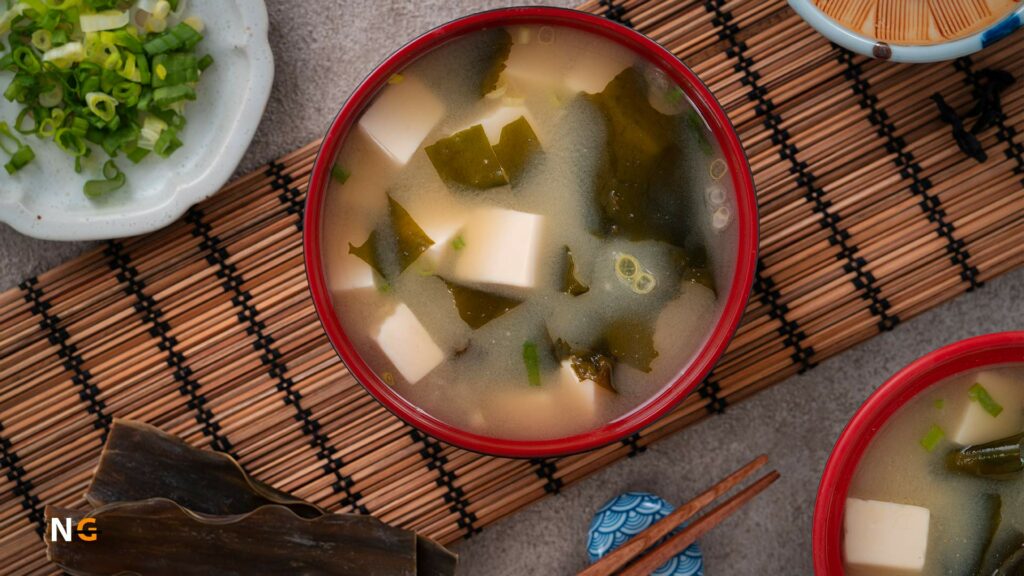
You can prepare this flavorful soup in just fifteen minutes using just a few basic ingredients. Here is the ingredient list and its cooking method.
Ingredients
- 4 dashi or vegetable broth (if dashi isn’t available)
- 4 tbsp white or red miso paste
- 1 sheet noori (cut into rectangular shapes)
- ½ cup green onion (chopped)
- ½ cup green chard (chopped)
- ¼ cup tofu (firm)
Cooking procedure
- Take a pan on medium heat and pour dashi or vegetable broth. Let it simmer.
- In a small bowl, take the miso paste. Add some warm water and whisk until smooth. There should be no lumps.
- Now add the tofu, green onions, and chard into the broth and cook for about five minutes. After five minutes, add Noori.
- Remove from heat and now add the miso paste and stir well. If required, add some salt according to your taste.
- Your tofu and green miso soup is ready. It’s best enjoyed when hot!
Wrapping Up
Miso soup isn’t since it uses dashi as a primary ingredient. But you can make gluten free miso soup at home without using dashi. You can find so many gluten free miso paste options at the market that will give you the same miso soup taste as you will find at the restaurant.
Most Frequently Asked Questions About Miso Soup
Are all miso soups gluten free?
Not all miso soups are not gluten free. Miso soups made from rice-based miso paste and which do not use dashi are gluten free.
How to ensure the miso soup does not have any gluten?
If the miso soup has no dashi and is made using gluten free miso paste, it is gluten free.
Is miso soup vegan?
Miso soup isn’t vegan because the dashi used in the soup has bonito fish flakes.
Can celiacs have miso soup?
All miso soups aren’t safe for celiacs since the miso paste might contain fermented barley.
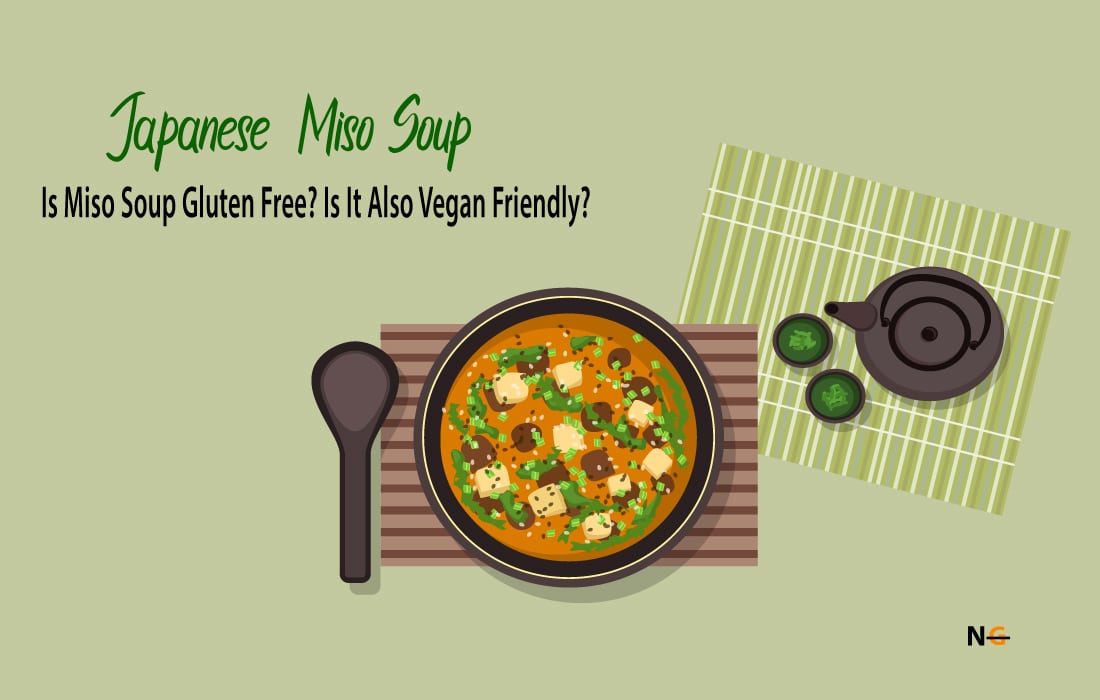


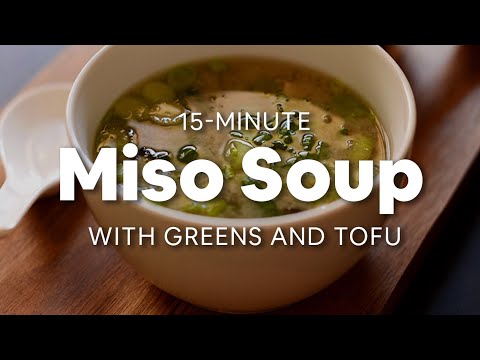








Leave a Reply
View Comments